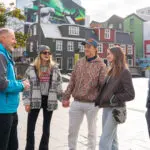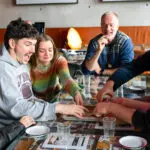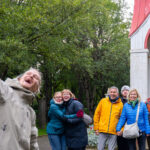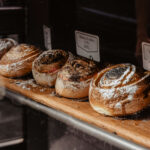Icelanders may be few, but what we lack in population size we make up for with our numerous museums.
We love our museums, just like our geothermal pools. We have museums with everything from personal collections, penises, and crystals to witchcraft, art, and design.
But what interesting, good and fun museums can you check out in downtown Reykjavik? Let’s find out. We recommend you check out the Reykjavik City Card because with it you will either get a free entrance or a discount on the entrance fee.
The Best Museums in Downtown Reykjavik
Reykjavik Art Museum
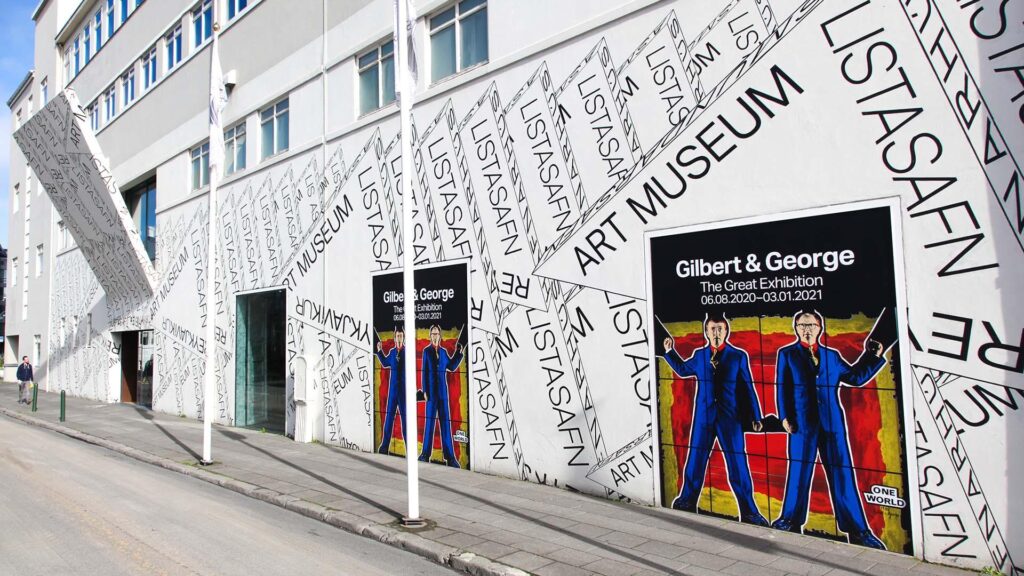
Reykjavik Art Museum is a dynamic and progressive scene that allows visitors to get to know art in various ways and gain a deeper understanding of artworks’ historical, social, cultural, and artistic contexts. The Reykjavik Art Museum is located in three different buildings, Hafnarhúsið, Kjarvalsstaðir, and Ásmundarsafn.
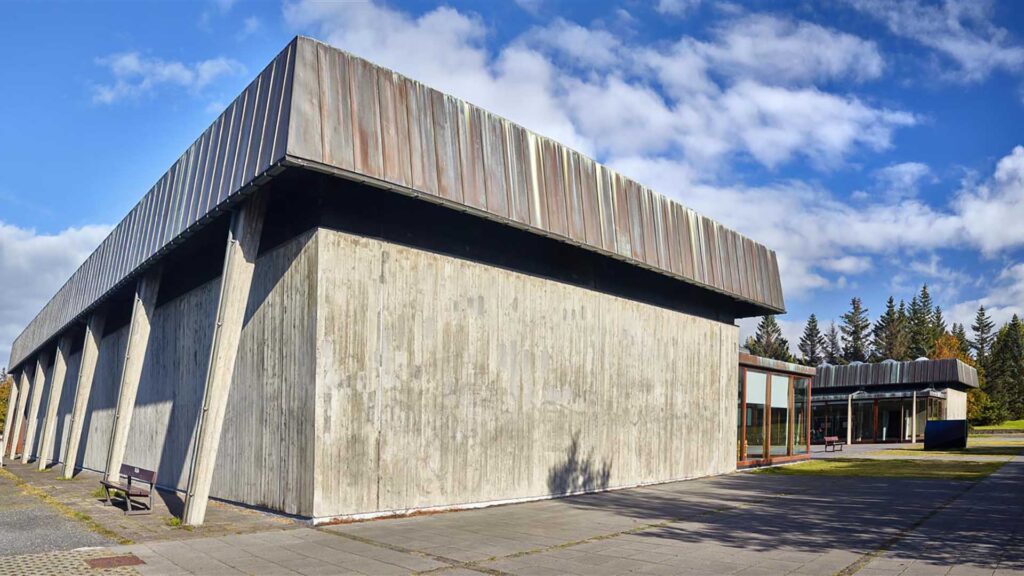
The museum exhibits artworks from leading Icelandic and international artists in modern and contemporary art. Additionally, it is a platform for emerging talents. The museum safeguards extensive collections of works by three of the most famous Icelandic artists; Erró, Kjarval, and Ásmundur Sveinsson. There are regular exhibitions of their works in various ways.
Recently the museum was gifted the collection of Nína Tryggvadóttir, another famous Icelandic artist. Hopefully, we will get an exhibition of her works as well soon.
National Gallery of Iceland
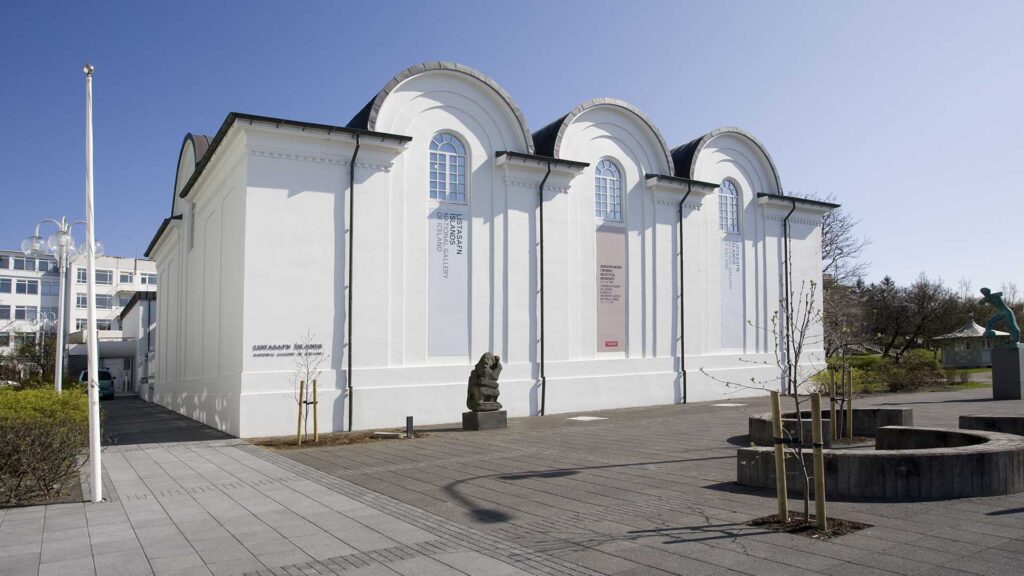
The National Gallery of Iceland, just like the Reykjavik Art Museum, is in three buildings. It is on Fríkirkjuvegur 7, in the House of Collections on Hverfisgata, and the Home of an Artist: Ásgrímur Jónsson on Bergstaðastræti.
The main exhibition hall on Fríkirkjuvegur houses several exhibitions on three floors and a gift shop. The gallery features artworks of famous Icelandic artists and artworks that help explain the traditional Icelandic culture.
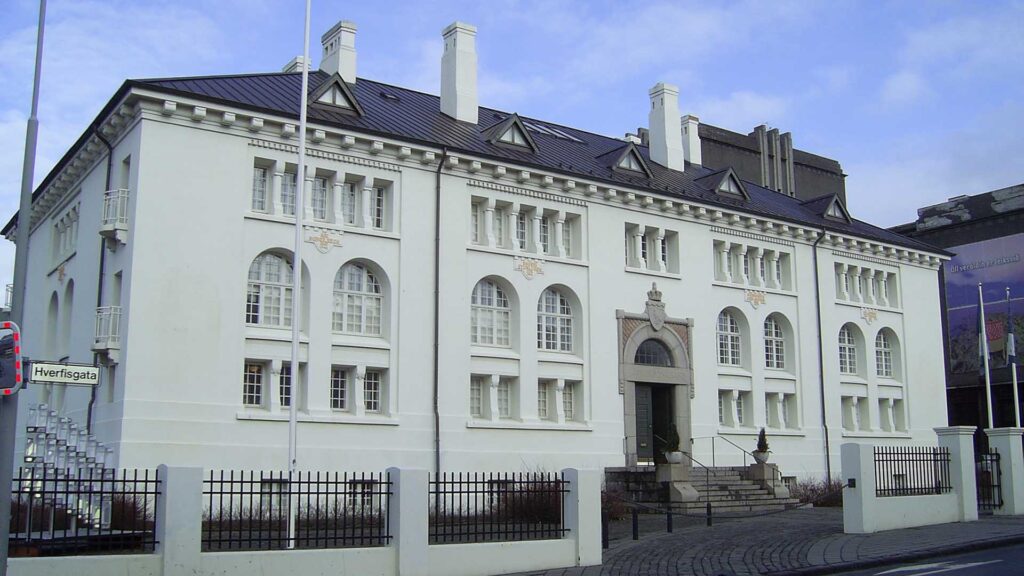
The museum was founded in 1184 in Copenhagen, which was Iceland’s capital while it was under Danish rule. Initially, the collection consisted of donated artwork, mainly by Danish artists. The museum was an independent institution between its founding year and 1916 when the Icelandic Parliament decided to make it a department of the National Museum of Iceland. In 1961 it became an independent museum.
The museum moved to its current location in 1987. It is in two houses, one designed by one of Iceland’s most famous architects Guðjón Samúelsson in 1916 (designer of Hallgrímskirkja Church, the National Theatre, and the Catholic Church, for example), and Garðar Halldórsson designed the other.
The National Gallery of Iceland holds rotating exhibitions that reflect its collection or display work by individual artists, Icelandic as well as foreign ones. A variety of pieces from the National Gallery’s collection are displayed in the first phase of the exhibition Millennium at the House of Collections.
National Museum of Iceland
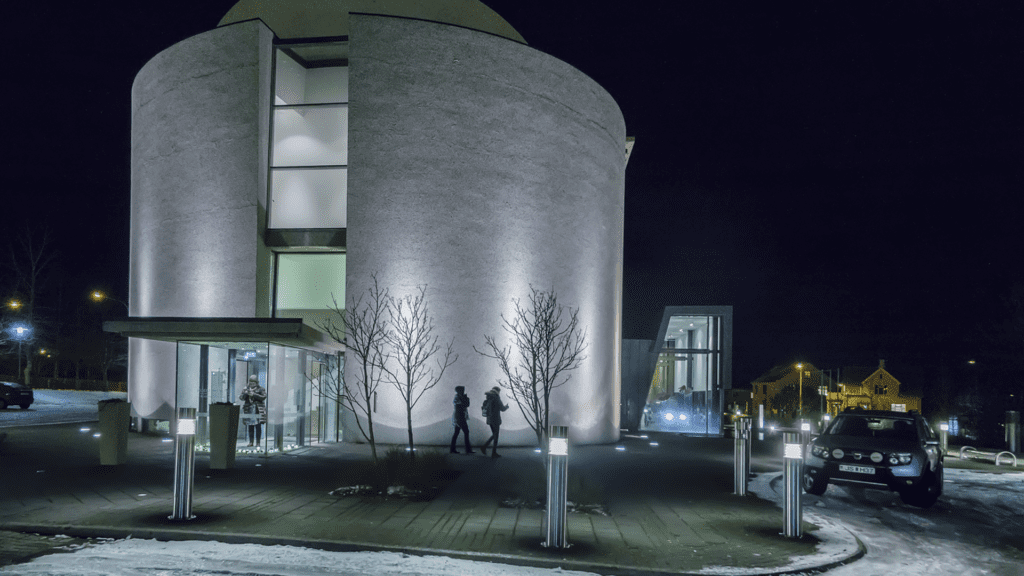
The National Museum of Iceland displays objects that provide insight into Icelandic cultural history. The displays encourage visitors to dwell on the past, present, and future.
The museum was established in 1863. The Icelandic Museum pieces had, up until that point, been housed in Danish collections. The librarian and folktale collector Jón Árnason was made curator of the Icelandic collection. A few months later, he was given permission to hire another curator, Sigurður Guðmundsson, who was the first to advocate the establishment of an antiquarian collection in Iceland.
The National Museum was housed in various attics at the beginning. In the Cathedral, House of Corrections, The Parliament, The National Bank in Austurstræti, and finally in the National Library (now House of Collections) on Hverfisgata. It stayed there until it got its own building on Suðurgata in 1950.
The Phallological Museum
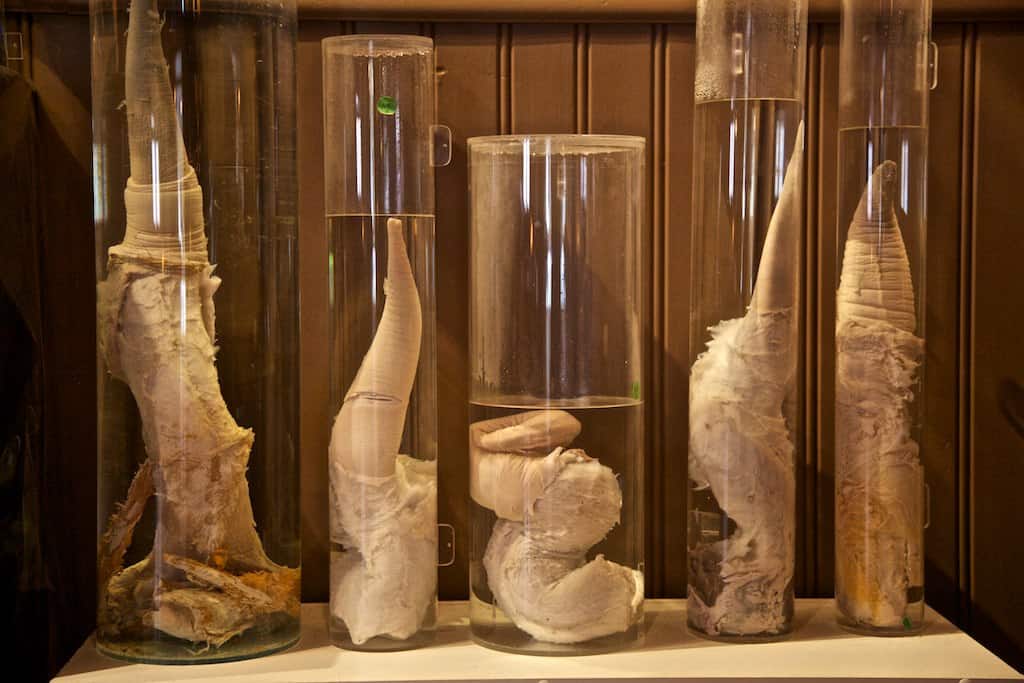
Reykjavik has the only penis museum in the world. The Phallological Museum was established almost by chance. The founder had, for some reason, been given a few phallic items, both natural and artificial, as joke gifts from friends. Then he got the idea that collecting the male member of as many mammals in Iceland as possible would be fun.
When the museum opened in 1997, the owner had 62 specimens. Today there are over 217, and among them is a replica of Jimi Hendrix’s penis. Besides, there are some twenty-four folklore specimens and almost fifty foreign ones. Altogether the collection contains 282 specimens from 93 different species of animals. Visitors to the museum will encounter fifty-five examples belonging to sixteen different kinds of whales. One specimen was taken from a rogue polar bear; another thirty-six specimens belonged to seven different seal types and walruses. More than one hundred fifteen specimens originate from twenty different kinds of land mammals. A total of more than two hundred specimens belonging to forty-six different mammal types, including Homo sapiens.
You get a 20% discount on the entrance fee if you have the Reykjavik City Card!
Whales of Iceland
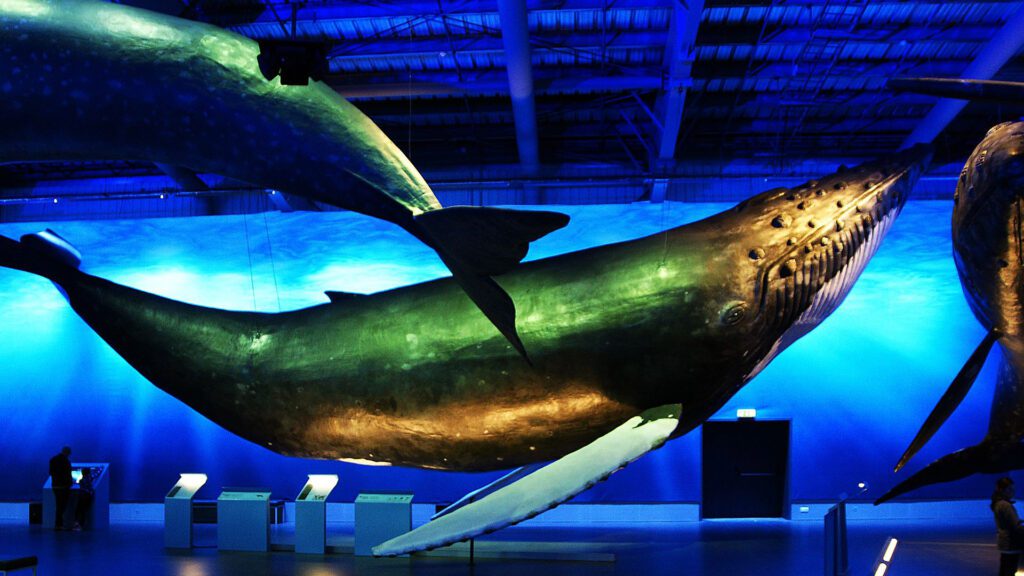
The Whales of Iceland museum has 23 life-sized models of whales. Among them is a model of the great blue whale, sperm whale, and the critically endangered North Atlantic right whale. This is possibly the closes you will get to these majestic creatures. Each whale is modeled after living whales in the wild and features their personal markings and characteristics. The models are soft and fun to touch.
There are interactive information stands and videos, soothing whale sounds, and underwater ambient lighting.
There is also a new exhibition, the Fin whale room. Whales of Iceland created the conservation exhibition in cooperation with the International Fund for Animal Welfare and local whale scientists. It focuses on five major threats whales face and what people can do to help. A life-sized fin whale model is a part of the exhibition.
Watch the award-winning documentary Sonic Sea in the museum. It is shown four times daily on a large cinema screen in the conservation exhibit. The film discusses the effects of noise pollution on whales and marine life, so we recommend you don’t miss it! Get your ticket here.
Reykjavik Museum of Photography
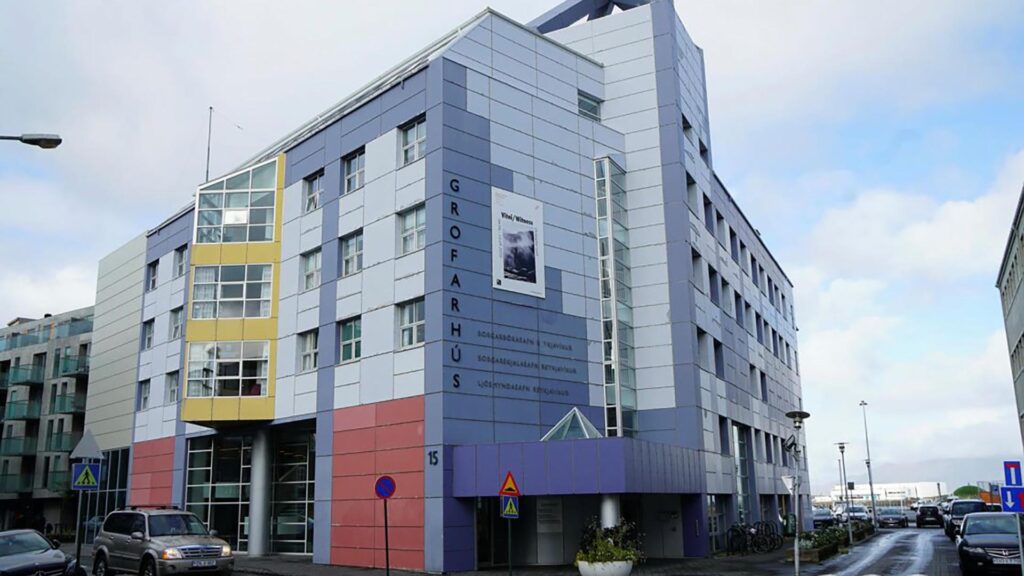
The Reykjavik Museum of Photography‘s exhibitions focus on Icelandic photography, works from the museum’s collection, and works of foreign photographers. The exhibitions are both historical and contemporary in an artistic-, social-, and cultural context.
The museum was founded as a private company in 1981, but the City of Reykjavik acquired it six years later. At the turn of the century, the museum moved to its current location in Tryggvagata 15. It will be moved to yet another undecided location in the coming years.
The Reykjavik Museum of Photography owns a great collection of photographs which now comprises approximately six million photos. The oldest dates from about 1860 and the most recent from just a few years ago. The museum preserves photographs from professional- and amateur photographers. Among professional photographers are industrial- and commercial photographers and portrait and press photographers. Also, the museum holds personal photo collections, albums, and family photographs.
The main focus of the museum’s exhibitions is on Icelandic photography, works from the collection, and works of foreign photographers. There are three exhibition spaces. SKOTIÐ is located in the museum’s entrance hall, GRÓFARSALUR, the main exhibition hall, and KUBBURINN (The Cube), which is a closed dark room ideal for digital photos and films.
Reykjavik Maritime Museum
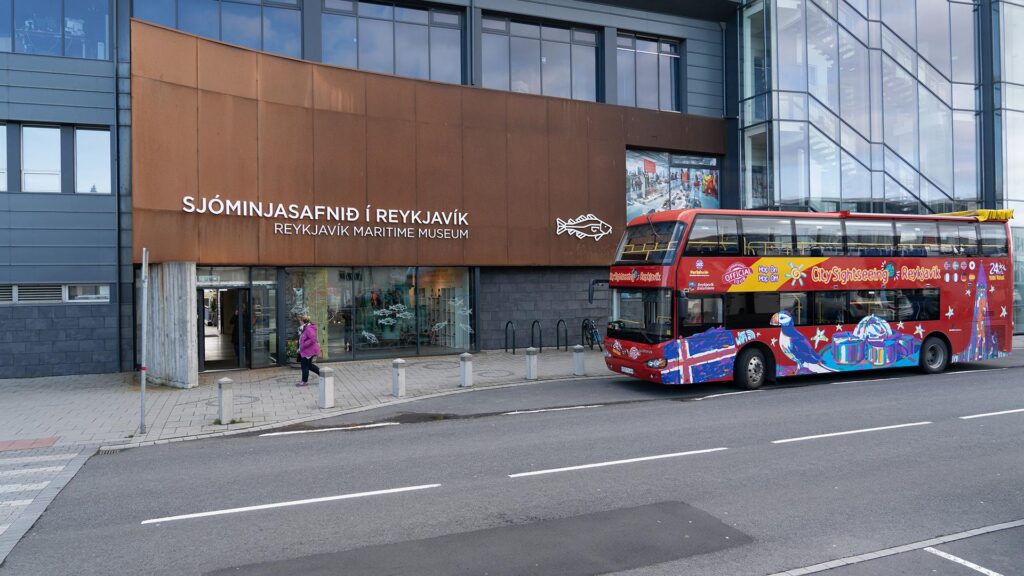
The Reykjavik Maritime Museum is located, fittingly, in an old fish processing plant. It explores Iceland’s dramatic relationship with the sea and how the ocean formed a nation. Explore the new permanent exhibition Fish & folk – 150 years of fisheries, the temporary exhibition Melckmeyt 1659, the real coastguard ship Óðinn, and enjoy the terrace views across the harbor.
The survival of the Icelandic nation depended on generations of brave fishermen heading into the unknown. Over the centuries, traditional methods of catching and working with fish transformed into a science that helped create and maintain a modern society.
Settlement Exhibition
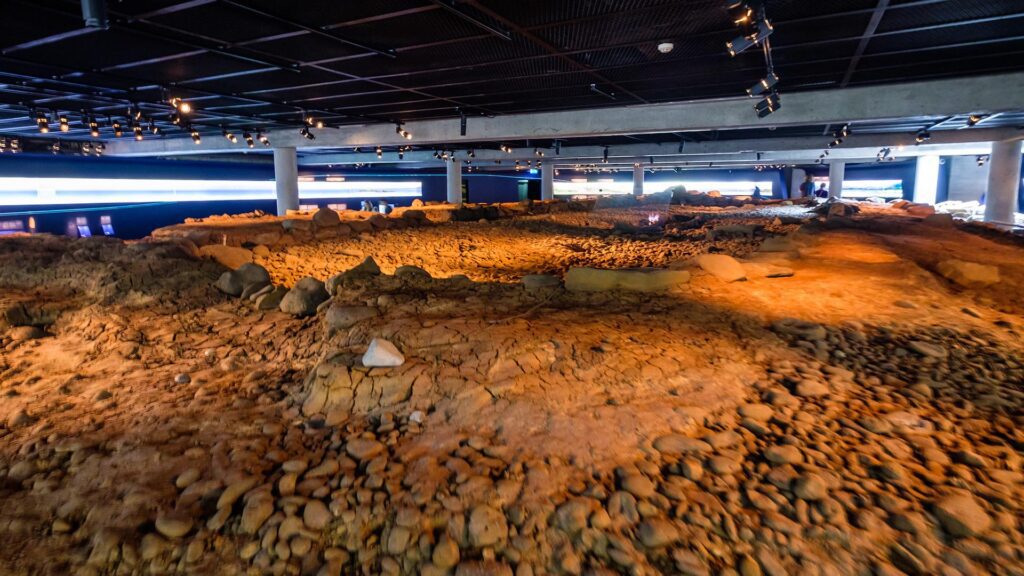
The Settlement Exhibition deals with the settlement of Reykjavík, as the name suggests. It is based on scholars’ theories on what the heritage sites in central Reykjavik can tell us about the life and work of the first settlers. The exhibition’s primary focus is the remains of a hall from the Settlement Age, which was excavated in 2001 and was inhabited from 930-1000. There are also two turf pieces at the hall’s north end. They are the remnants of a garden wall that was clearly built shortly before 871. This is one of the oldest man-made structures found in Iceland. On display are Viking age objects found in central Reykjavik and Viðey Island.
Aðalstræti 10
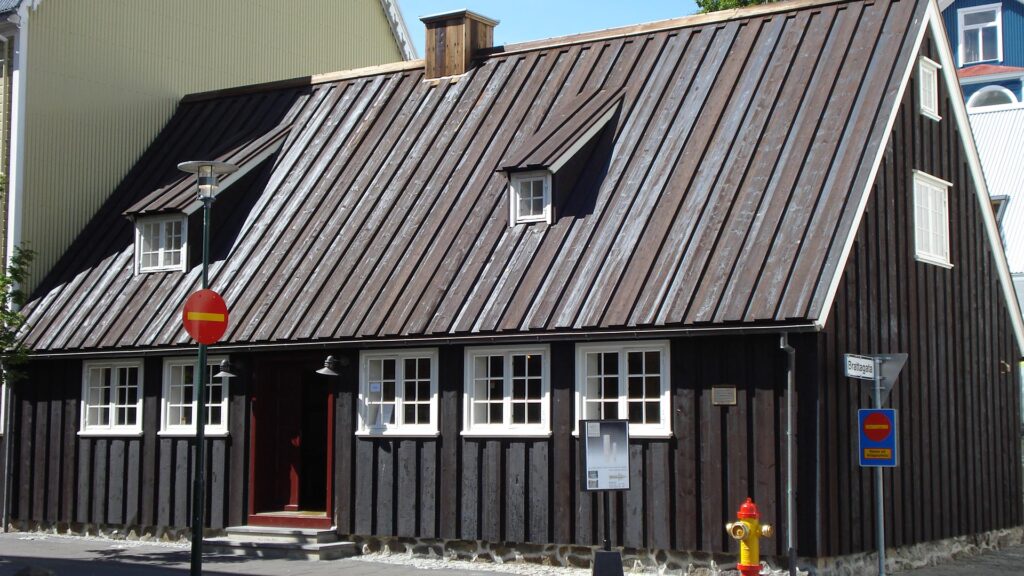
This is Reykjavik’s newest exhibition and a part of the Reykjavik City Museum. It is a continuation of the Settlement Exhibition and represents Reykjavik’s history from the settlement to the present day. Visitors get an insight into the complex history and culture of Reykjavik through the development of house construction. A part of the exhibition is a stop at the oldest house in the city center, Aðalstræti 10.
The admission is valid to both Aðalstræti 10 and The Settlement Exhibition in Aðalstræti 16.
Einar Jónsson’s art museum
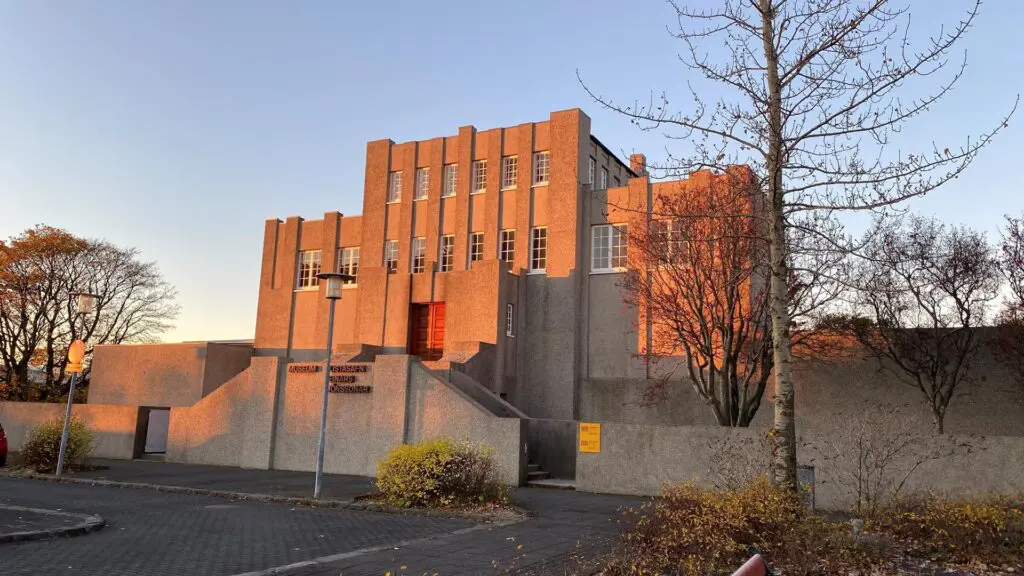
Next to Hallgrímskirkja Church is the Einar Jónsson Museum. It houses many of the sculptor’s works. In 1909 he offered all of his works as a gift to the Icelandic people on the condition that the museum built a house to house them. The Icelandic Parliament accepted the gift in 1914. The Parliament contributed 10,000 ISK to the museum’s construction, while a national collection yielded 20,000 ISK in private donations.
The house was built after Einar Jónsson’s ideas, but architect Einar Erlendsson was the one who officially signed the plans for the museum in 1916. The museum opened in June 1923 and was Iceland’s first art museum. Make sure not to miss the sculpture garden at the back of the house!
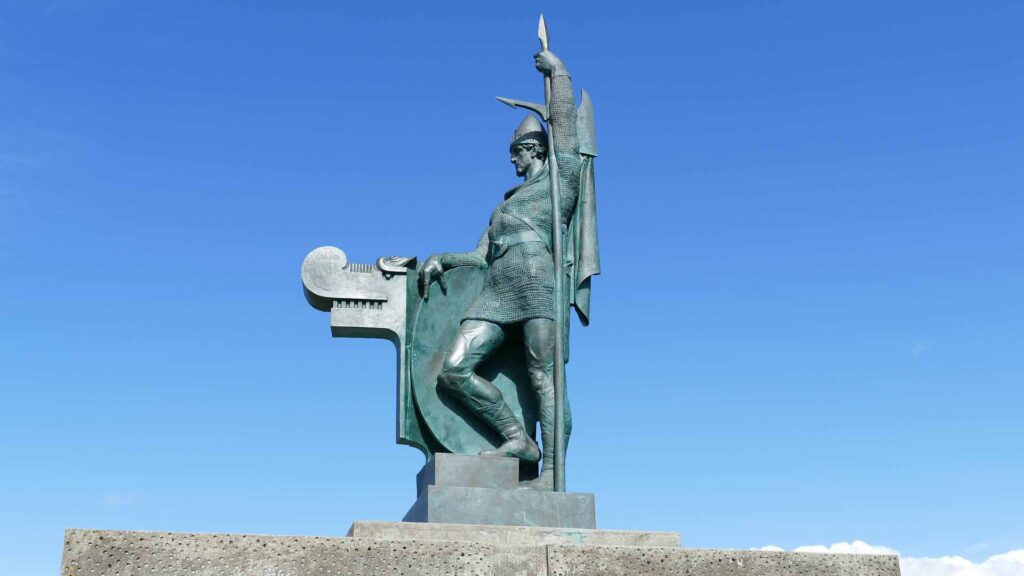
You might have seen one of his most famous statues; Ingólfur Arnarson, Iceland’s allegedly first settler, on top of Arnarhóll in downtown Reykjavik.
The Living Art Museum
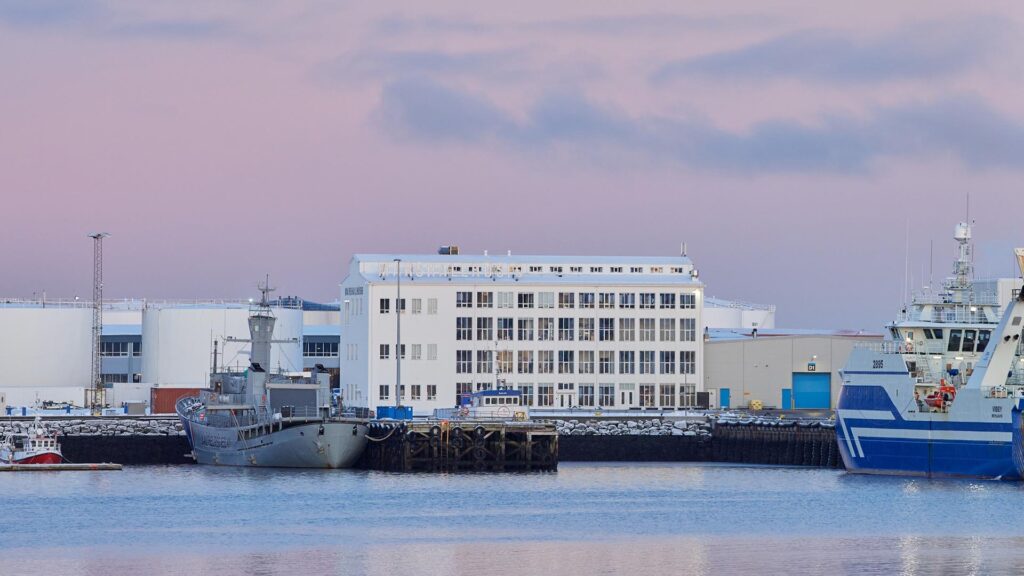
In Grandi, you will find the Living Art Museum. It is an artist-run museum and exhibition space to preserve and exhibit contemporary art. It is also a forum for experiments and international discussions about art.
Founded in 1978 by a group of artists, the museum is one of the oldest museums and exhibition spaces in Europe under the supervision of artists.
The Living Art Museum’s collection includes over 2,200 works donated by artists, representatives, collectors, and individuals associated with the museum. Today, Nýló’s collection reflects the main movements in contemporary art and the museum’s interest in asking and answering current questions.
Aurora Reykjavik
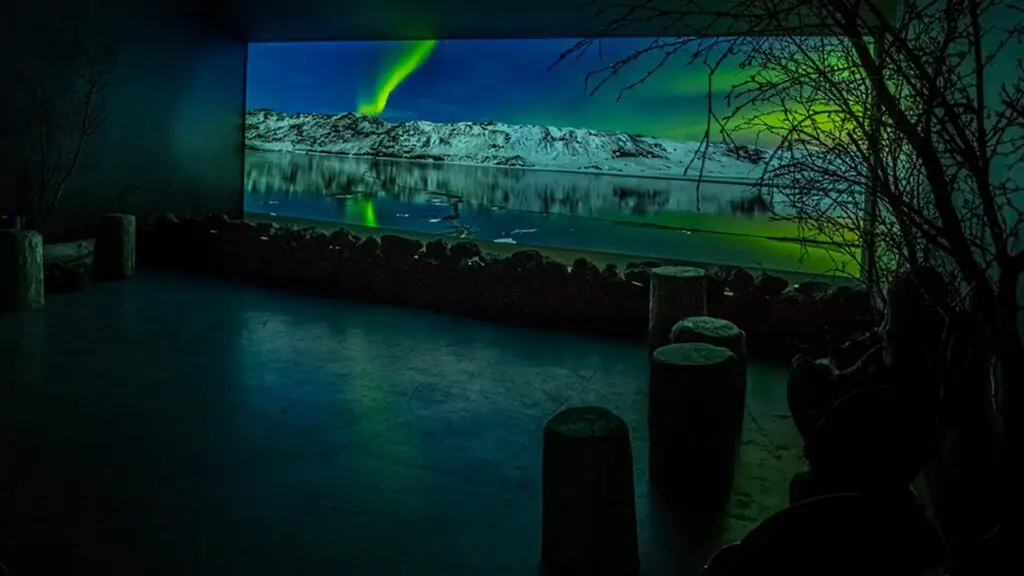
Also, in Grandi, you will find Aurora Reykjavik. The owners created the museum to share their passion and knowledge about one of the most unique natural phenomena in the world.
Additionally, there is an interactive exhibition where you can discover the history and secrets of the Northern Lights. A 7-meter-wide screen in 4K quality shows you aurora displays; learn how to photograph the lights yourself and go to the aurora photo booth – excellent for those who can’t see the lights. You can get your ticket here.
Saga Museum
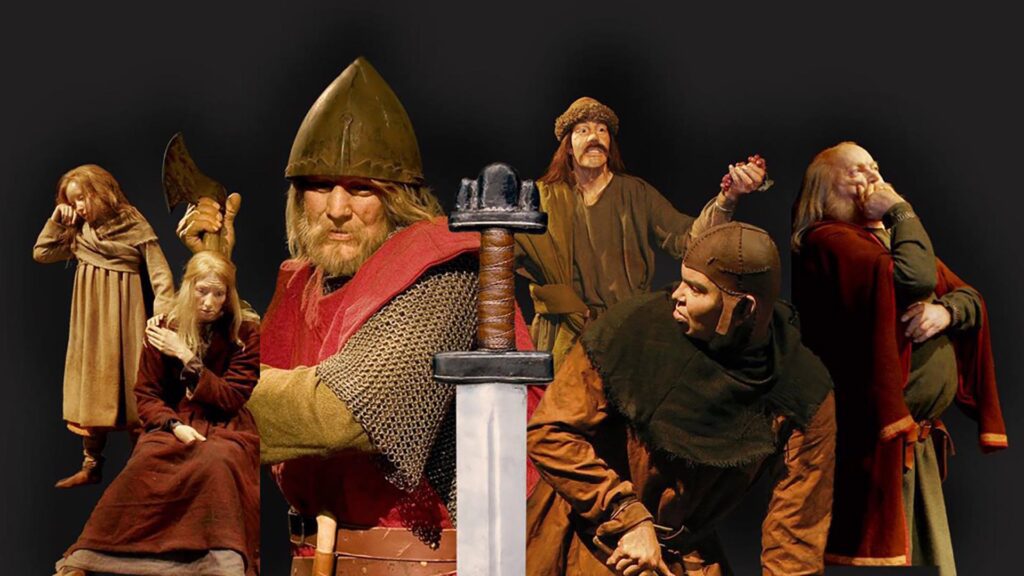
Next door to the Aurora Reykjavik, you will find the Saga Museum. You will find many legends from the Icelandic Sagas and historical figures like Snorri Sturluson, Ingólfur Arnarsson, and Leifur Eiríksson. You can learn about what the Black Death plague did in Iceland and many other things. There are 17 exhibits on display at the museum, so there’s a lot to see and learn.
Pönksafn Íslands
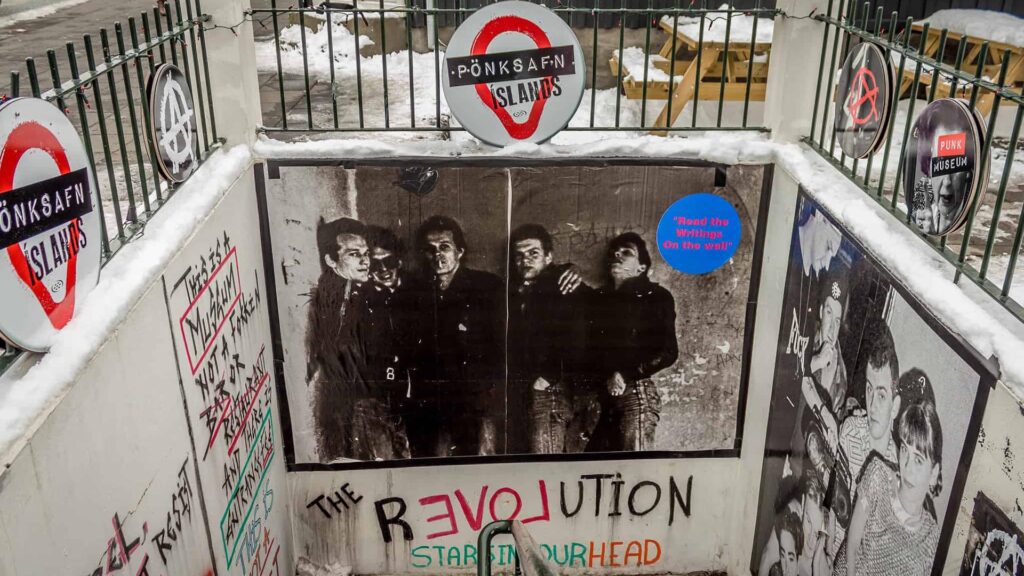
In a disused public bathroom in Bankastræti, you will find the Icelandic Punk Museum. The tiny museum salutes the Icelandic punk and new wave scene, which started in Iceland in 1978. That music scene was the beginning of the prosperous career of many famous Icelandic artists music careers, such as Björk.
Please signup HERE for our newsletter for more fun facts and information about Iceland!


